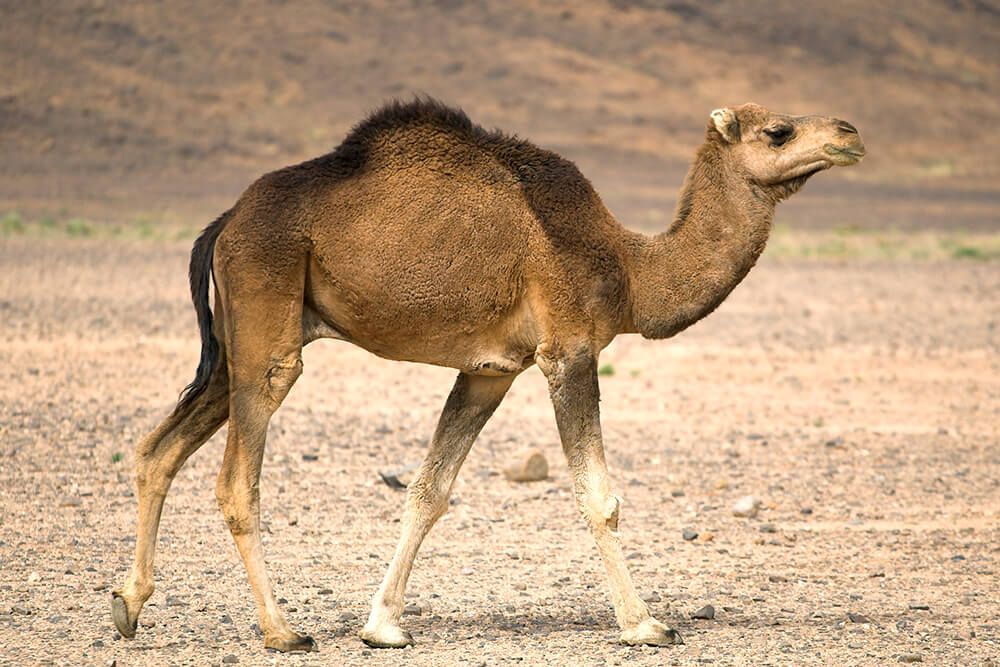
“
The stomach and digestive system are essential for breaking down food and absorbing nutrients crucial for our health. This blog will explore 20 intriguing Facts About Stomach and Digestive System. These facts will reveal how the digestive system operates, the roles of various organs, and their importance in maintaining overall well-being. From the complexities of digestion to how the body processes different foods, these insights will deepen your understanding of this vital system and its impact on our health.1
1
”
The stomach, a J-shaped organ in the gastrointestinal tract, stores and churns food using muscular contractions and digestive juices. This process transforms food into chyme, a liquid mixture that then moves into the small intestine for further digestion. 1
Stomach acid, mainly composed of hydrochloric acid, has a pH between 1.5 and 3.0. This highly acidic environment is essential for breaking down food, killing harmful bacteria, and activating digestive enzymes like pepsin for proper digestion. 2
To protect itself from the corrosive stomach acid, the stomach has a lining that secretes mucus. This mucus serves as a barrier, preventing damage to the stomach walls and reducing the risk of ulcers. 3
Food takes about six to eight hours to move through the stomach and small intestine. The entire digestive process, including nutrient absorption and waste excretion, can last up to 48 hours, depending on the type of food consumed. 4
The digestive system, stretching about 30 feet from mouth to anus, allows food to travel through the esophagus into the stomach, then into the small and large intestines, and finally, waste is expelled through the rectum. 5
Most nutrient absorption occurs in the small intestine, which is around 20 feet long. It is lined with villi, tiny finger-like projections that increase the surface area, maximizing nutrient absorption into the bloodstream. 6
The liver produces bile, a digestive fluid essential for breaking down fats. Bile is stored in the gallbladder and released into the small intestine, where it emulsifies fats, aiding in their digestion by digestive enzymes. 7
The size of the stomach changes depending on how much food it holds. It typically resembles a fist when empty, but it can expand to hold up to 1.5 liters of food and liquid, accommodating large meals. 8
Digestive enzymes like amylase, lipase, and protease break down carbohydrates, fats, and proteins into simpler molecules, making them easier for the body to absorb and use for energy and other bodily functions. 9
Hormones and nerves regulate digestion. Hormones from stomach and intestine cells signal hunger and digestive juice production, while the nervous system controls gut movements and juice secretion, ensuring efficient digestion. 10

The blue whale, Earth’s largest animal, has a stomach capable of holding up to 2,000 pounds (900 kilograms) of food at once. This massive organ allows it to consume vast amounts of krill and other small prey each day.
Fiber, found in fruits, vegetables, and whole grains, plays an essential role in digestion. It adds bulk to stool, helping move food through the digestive tract, preventing constipation, and promoting overall gut health. 11
The large intestine, or colon, is primarily responsible for absorbing water and salts from undigested food. It also hosts beneficial bacteria that break down remaining food particles and produce vitamins like K and B12. 12
Your gut microbiome, a collection of bacteria and other microorganisms in the digestive tract, supports digestion, immunity, and mental health. A healthy microbiome helps digest food and produces essential vitamins. 13
The pancreas is vital to digestion, secreting enzymes into the small intestine that break down carbohydrates, proteins, and fats into simpler molecules. These nutrients are then absorbed into the bloodstream for use by the body. 14
The appendix, once considered a useless organ, is now believed to support gut health. It may serve as a reservoir for beneficial bacteria, helping to repopulate the gut after illnesses like infections or diarrhea. 15

Camels have a three-chambered stomach adapted to their harsh desert diet. These stomachs allow camels to extract moisture efficiently from the fibrous vegetation they consume, helping them survive in arid environments.
Certain animals, like cows, have multiple stomach compartments to aid in digestion. Humans, with a single-chamber stomach, rely on a complex digestive system and a robust microbiome to break down a wide variety of foods. 16
Acid reflux occurs when stomach acid flows back into the esophagus, causing heartburn. This happens when the lower esophageal sphincter, a muscle that usually closes after food enters the stomach, fails to function properly. 17
In 1881, Dr. Theodor Billroth performed the first partial gastrectomy to treat stomach cancer. This groundbreaking surgery, which involved removing part of the stomach, revolutionized gastrointestinal surgery and advanced modern surgical techniques. 18


